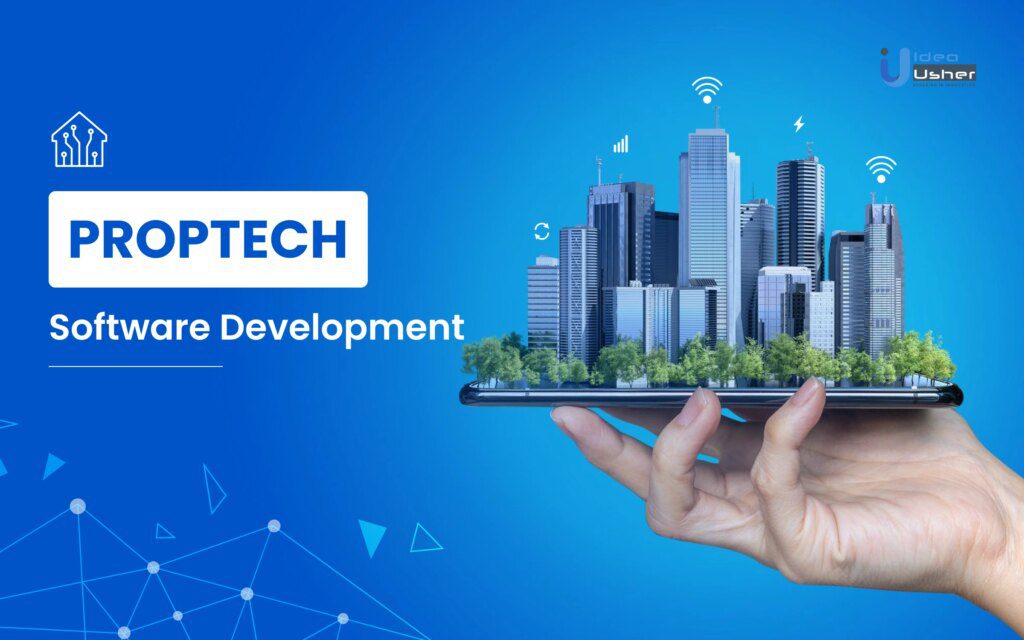This content is a comprehensive guide that explores the game development process. It discusses the different stages of development, including pre-production, production, testing and quality assurance, launch and distribution, and post-launch support and updates. The content also highlights the software and hardware tools used in each stage, such as concept art tools, game engines, debugging and profiling tools, distribution platforms, and user feedback platforms. The guide emphasizes the multidisciplinary nature of game development and the importance of understanding the available tools to create immersive gaming experiences.
Exploring the Game Development Process: A Comprehensive Guide to Software and Hardware Tools
Introduction
Game development is a complex and fascinating process that involves both creative and technical skills. From designing intricate game worlds to coding complex algorithms, game developers work tirelessly to bring entertainment and immersive experiences to gamers around the world. In this comprehensive guide, we will delve into the various stages of the game development process, as well as the software and hardware tools used by professionals in the industry.
Pre-production
Before diving into the development of a game, thorough pre-production planning is essential. This stage involves concept ideation, storyboarding, creating art assets, and designing characters and levels. Key tools used during this stage include:
- Concept Art Tools
- Storyboarding Software
- Graphic Design Applications
- 3D Modeling and Animation Software
- Level Design Tools
Production
Once the game design is finalized, the production phase begins. This stage involves coding, creating assets, and putting everything together to build the game. The primary software and hardware tools utilized during this phase include:
- Integrated Development Environments (IDEs)
- Game Engines
- Programming Languages
- Graphics Processing Units (GPUs)
- Motion Capture Systems (MoCap)
Testing and Quality Assurance
Testing is a crucial phase in game development to ensure smooth gameplay, identify and fix bugs and glitches, and optimize performance. The following tools are commonly employed during this stage:
- Debugging and Profiling Tools
- Automated Testing Frameworks
- Performance Monitoring Software
- Bug Tracking Systems
Launch and Distribution
After the game is refined and polished, it is ready for launch and distribution. In this phase, developers focus on marketing strategies and choosing the appropriate platforms and stores for distribution. Significant tools during this stage include:
- Marketing and Analytics Software
- Distribution Platforms (e.g., Steam, App Store, Google Play)
- Localization Software
- Community Management Tools
Post-launch Support and Updates
Maintaining a successful game after launch involves continuous support and regular updates. Developers use the following tools to engage players, fix issues, and introduce new features:
- Version Control Systems
- Asset Management Tools
- User Feedback and Support Platforms
- Software Development Kits (SDKs)
Conclusion
Game development is a multidisciplinary field that requires a range of software and hardware tools to bring ideas to life. From concept art to coding, testing, and post-launch support, the game development process is an intricate balance of creativity and technical expertise. Understanding the tools available and their applications is crucial for aspiring game developers to create compelling and immersive gaming experiences.
